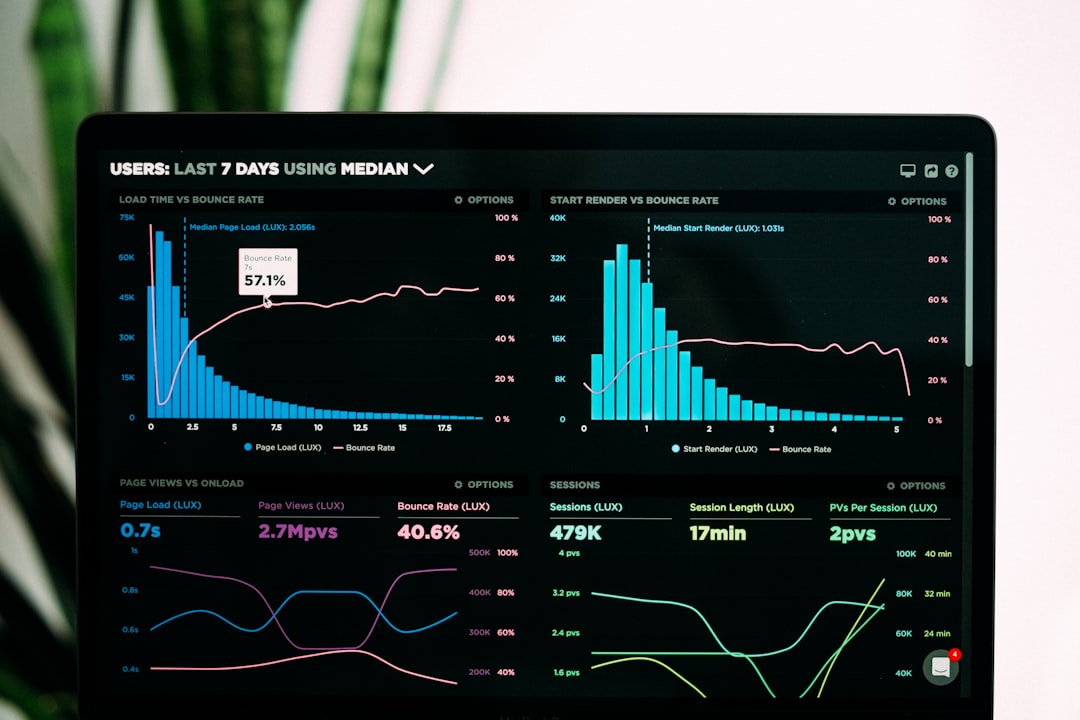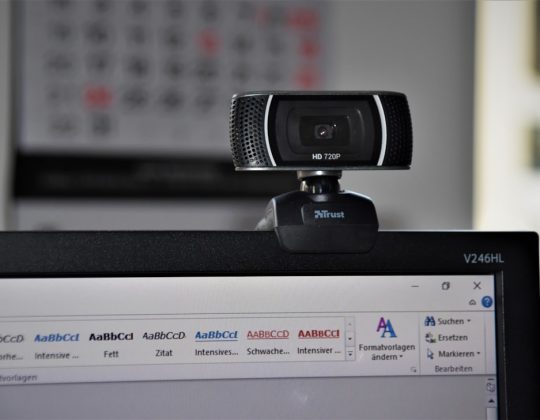Understanding how users interact with a website has become an essential component of digital marketing and product development. With the rising complexity of user engagement, traditional analytics tools are no longer sufficient. This is where Artificial Intelligence (AI) tools come into play, offering powerful capabilities to collect, analyze, and interpret vast amounts of behavioral data with remarkable precision.
AI tools can automatically identify patterns, predict user behavior, and suggest optimizations to improve site performance. These advanced systems are revolutionizing the way businesses approach user experience design, content creation, and conversion rate optimization.
What are AI Tools for User Behavior Analysis?
AI tools designed for website analytics use machine learning algorithms and natural language processing to gather and analyze data on how users interact with a site. This includes mouse movements, clicks, page scrolls, time spent on pages, and pathways through the site.
Some of the most common functionalities of such tools include:
- Heatmaps – Visual representations of user activity like clicks and scrolls.
- Session Replays – Recorded sessions that show exactly how users navigate the site.
- Predictive Analytics – AI anticipates user actions such as exits or conversions.
- A/B Testing Automation – Intelligent algorithms optimize test variations automatically over time.

Top AI Tools to Analyze Website User Behavior
Several AI-powered platforms have emerged that cater specifically to analyzing user behavior more effectively than traditional methods. Here are some of the most notable ones:
- Hotjar: While traditionally known as a behavior analytics tool, Hotjar is increasingly integrating AI to offer smart insights from heatmaps, surveys, and session recordings.
- Crazy Egg: Uses AI to generate heatmaps and record sessions. It also tests variations using AI-assisted A/B testing features.
- Mouseflow: Focuses on understanding how users engage with your site through AI-analyzed movement patterns and funnel visualization.
- Pendo: Combines product analytics with AI to improve user retention and feature adoption based on behavioral trends.
- Mixpanel: Offers advanced machine learning insights to track and analyze product usage and conversion paths.
These tools don’t just report data — they provide actionable recommendations and predictive insights that can help reshape a website for better engagement and conversion.
Benefits of Using AI for Behavior Analysis
Adopting AI for user behavior tracking can yield numerous benefits. Below are a few key advantages:
- Real-Time Analysis: AI tools process data in real-time, helping businesses react quickly to user behavior.
- Scalability: Unlike manual analysis, AI can handle large datasets without losing speed or accuracy.
- Deeper Insights: Machine learning identifies patterns humans might miss, offering deeper behavioral insights.
- Personalization: AI can tailor content or page layout based on user preferences detected through behavior.
- Increased Conversions: By understanding and optimizing user pathways, businesses can significantly boost conversion rates.

Integrating AI Tools with Your Website
Most AI-powered behavior analysis tools integrate seamlessly with CMS platforms like WordPress, Shopify, and Magento through plugins or script embedding. Implementation is typically straightforward and doesn’t require deep technical expertise.
Once integrated, businesses should identify clear goals—such as increasing time on site or reducing bounce rate—to make the data actionable. Tracking these metrics over time allows for continuous optimization based on user behavior patterns.
FAQ: AI Tools for Website User Behavior Analysis
- Q: Are AI tools difficult to implement on existing websites?
A: Most AI behavior analysis tools are user-friendly and offer plugins or simple code snippets that can be integrated easily into existing websites. - Q: What kind of data do these AI tools collect?
A: They collect contextual data such as clicks, scroll depth, session duration, navigation paths, form interactions, and more. - Q: Do AI tools replace human analysts?
A: Not entirely. They augment human effort by automating routine analysis, but human oversight is still essential for interpreting strategic insights. - Q: Is user data privacy an issue with these tools?
A: Most reputable tools comply with data protection regulations like GDPR and allow for anonymization of user data. - Q: Can small businesses benefit from these tools?
A: Absolutely. Many AI tools offer modular pricing plans, making them accessible for startups and SMEs looking to improve their digital strategy.







